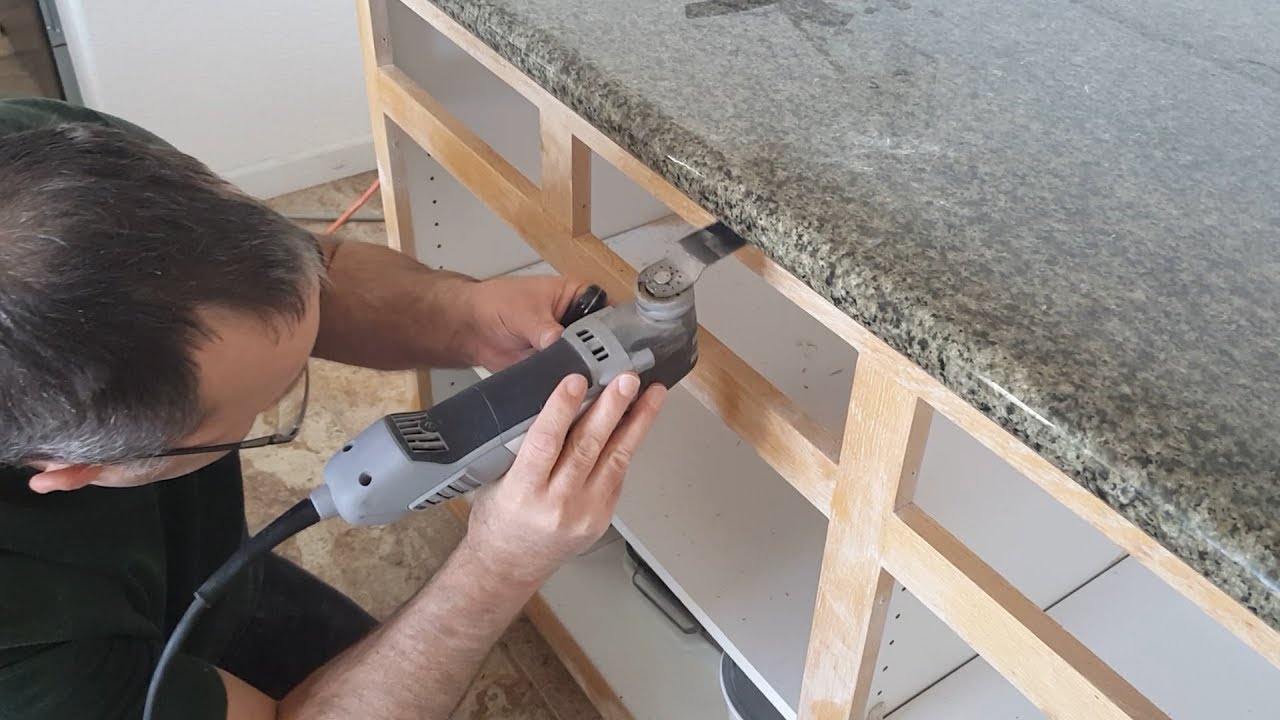In the ever-evolving fashion world, transforming a simple piece of clothing into a stylish statement is a valuable skill. One such technique that has gained popularity in recent times is shirt-tying. Whether aiming for a laid-back casual look or a trendy and edgy vibe, mastering the art of tying a shirt can elevate your fashion game. This guide will explore various methods to connect a shirt and unleash your inner fashionista.
Table of contents
How to Tie A Shirt
The Classic Knot:
The classic knot is the most straightforward and versatile way to tie a shirt. This method works well with button-down shirts, flannels, or oversized shirts. Start by leaving a few buttons undone at the bottom. Take the two ends and tie a simple knot, adjusting the tightness to achieve your desired look. This style exudes a relaxed and effortless charm.
The Front Twist:
For a more polished yet relaxed appearance, try the front twist. Begin by grabbing the two front corners of your shirt and twisting them together. Once turned, tie a knot at the bottom. This method works exceptionally well with lightweight fabrics and adds a touch of femininity to your outfit.
The Crop Top Knot:
Give your outfit a playful and youthful vibe by tying your shirt into a crop top. This works best with button-up shirts or oversized t-shirts. Simply gather the fabric at the front, twist it, and tie it into a knot at your waist. This technique perfectly showcases high-waisted bottoms and creates an effortlessly chic look.
The Side Knot:
For a modern and asymmetrical twist, consider the side knot. Instead of tying the shirt at the center, gather the fabric on one side and tie a knot. This method works well with long shirts or button-downs, adding an exciting element to your overall silhouette.
The Bow Tie:
For a touch of elegance, transform your shirt into a bow tie. Start by tying a knot as if you were creating the classic knot. Then, loop one end around the knot, creating a bow-like shape. Adjust the loops and stops until you achieve a balanced and refined bow. This method is perfect for adding a feminine touch to a button-down shirt.
The Back Knot:
Tie your shirt at the back instead of the front for a unique and unexpected twist. Gather the fabric at the back, twist it, and tie a knot. This technique works well with oversized shirts, transforming them into a stylish and fashion-forward piece.
Frequently Asked Questions
Yes, shirt-tying techniques work well with various shirt types, including button-downs, flannels, and oversized shirts.
Absolutely! Different tying methods allow versatility, making it suitable for casual outings or adding a unique touch to a more formal ensemble.
Shirt tying is adaptable to all body shapes and sizes. Experiment with different tying styles to find what flatters your figure best.
While most fabrics can be tied, lightweight materials like cotton and linen are popular. They are easier to manipulate and create a more effortless look.
Absolutely! Shirt-tying techniques can enhance the style of shirts of all lengths. Experiment with different knots to find what complements your shirt’s design.
Conclusion
Tying a shirt is more than just a practical way to keep cool in warm weather; it’s a fashion statement. By mastering the art of shirt tying, you can effortlessly elevate your style and showcase your creativity. Experiment with different techniques to find the one that best suits your personality and the occasion. Whether going for a casual day out or a night on the town, the right shirt tie can create a memorable and stylish look. So, embrace the world of fashion styling and tie your way to sartorial success!
References
- goodhousekeeping.com: How to tie a shirt.
- cosmopolitan.com: How to tie a shirt






